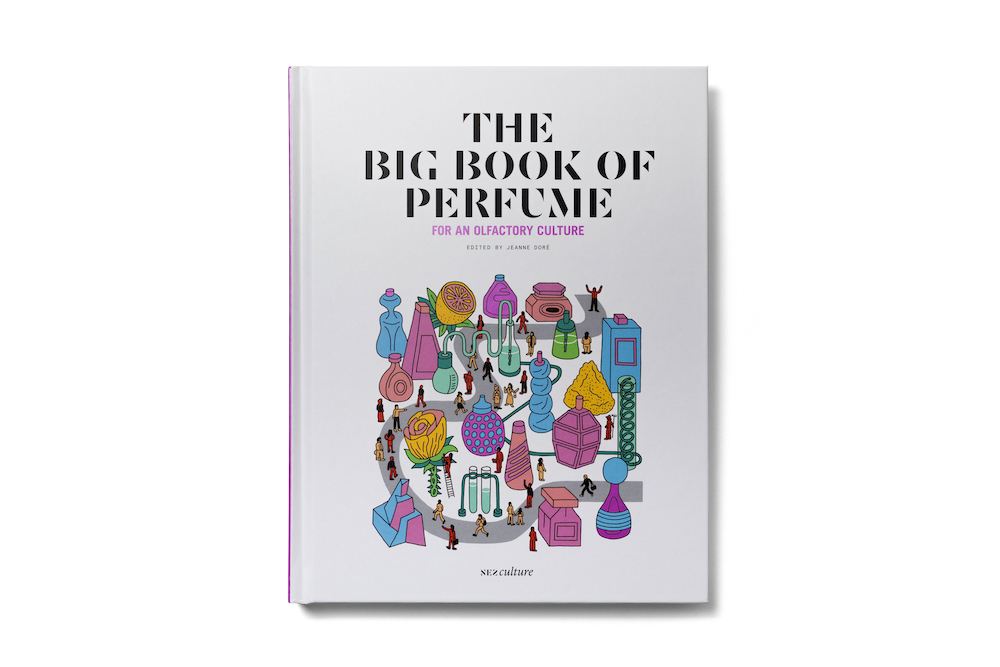Cette publication est également disponible en :
Français
In response to the challenges of greater sustainability and rising consumer demand for natural ingredients, an ever-growing number of innovations make it possible to obtain synthetic molecules from renewable resources. What are these ingredients of tomorrow? How are they obtained? Are we witnessing the disappearance of distinctions between the synthetic and the natural? Some pointers from Jonathan Warr, Vice-President for Research & Development at Takasago.
Are synthetic materials compatible with environmental challenges?
The history of perfumery began with the use of natural ingredients before the perfumer’s palette began to expand hugely at the end of the 19th century, thanks to the availability of petrochemical products. Today, faced with demands from consumers and brands for renewable materials and environmentally friendly technologies, the entire perfume industry is actively seeking to develop synthetic molecules that are not derived from fossil resources. The history of Takasago is closely entwined with the chemistry of various essences of pine and as early as 1983, our teams, working with Professor Ryōji Noyori, winner of the 2001 Nobel Prize in Chemistry, were successful in the chiral synthesis of l-menthol from pine essence. This essence means we have a large portfolio of synthesised ingredients thanks to the renewable carbon it contains, notably l-citronellol and l-cis-rose oxide, rose notes that are widely used in the fine fragrance industry. And in 2014 we were also the first composition company to announce the percentage of renewable carbon in our raw materials, thanks to our Biobased Index.
What other innovations are there that make it possible to obtain synthetic molecules from natural ones?
Biotechnologies are one of the main trends in the sector: using living bodies (enzymes or micro-organisms), we are now able to transform natural raw materials to produce molecules that could previously only be obtained from petroleum. In 2018, we began using this technique to make Biomuguet – which can be used as a substitute for Lilial or Lyral [molecules with a strong lily of the valley aroma that are widely used by the fine and functional fragrance fragrances, but limited by IFRA] – from cane sugar. Biomuguet isn’t classed as a natural ingredient because the final stage of its processing is a chemical procedure, but it does contain 100 per cent all-renewable carbon. Another way to drive down our impact on the environment is to use upcycling, developing ingredients from waste. Some types of waste can be a starting point for the creation of new raw materials, including with the use of synthesis. We draw on diverse sources such as limonene, a residue from the distillation of oranges, to obtain carvone.
Are these raw materials the ingredients of tomorrow?
There’s a lot of pressure from brands to have ingredients contained in their perfumes that are derived from natural materials, because this aligns with what consumers want. This means that these materials are increasingly common, although they remain in the minority. Firstly because we face challenges in terms of price, traceability, and availability, all of which hamper their progress. And also because we can’t yet use renewables to do everything; you have to accept certain olfactory limitations, something that major brands are not always prepared to do. So, the perfumer’s palette will continue to feature natural materials alongside synthetic ingredients created from natural materials or from petroleum – at least for the time being.

This interview is from : The Big Book of Perfume, Collective, Nez éditions, 2020, 40€/$45
- Available for France and international: Shop Nez
- Available for North America: www.nez-editions.us








Comments